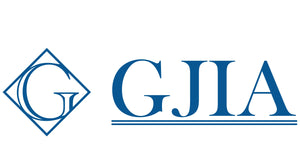Suggestions on Selecting LED High Bay LED Lights
The protection level and structural design of the high bay LED light
Interpretation of IP protection level
The protection level (IP) indicates the degree of protection provided by the housing of the high ceiling LED lamp against solids (such as dust) and liquids (such as water). This level is composed of two numbers:
-
The first number (0 to 6) indicates its ability to prevent solid particles. The number "6" indicates dust-proof effect.
- The second number (0 - 8) represents the protection capability against liquids. For example, IP65 indicates that the device can withstand low-pressure water jets from any direction. IP66 provides protection against powerful water jets, while IP67 allows the device to be briefly immersed in water.
Choose the appropriate protection level based on the installation environment of the high ceiling LED lamp (for example, a warehouse with a lot of dust may require IP65 or a higher level of protection; areas with flushing facilities require IP66 or IP67 levels).

Exterior protection and heat dissipation ensure durability
In addition, the excellent structural design also significantly enhances the durability of the product. The sturdy exterior materials, such as the cast aluminum used to protect internal components, can effectively resist impacts. Most importantly, the high-profile LED lights rely on a good heat dissipation design - namely, large heat sinks and air flow channels. Good heat control helps prevent overheating, thereby extending the lifespan of the LED chips and drivers.

Other important parameters to consider when purchasing high bay LED lights
The influence of beam angle on the light coverage area
The beam angle of high-ceiling LED lights (such as 60°, 90°, 120°) determines the distribution pattern of the light. A narrower beam angle (such as 60°) will concentrate the light in a smaller area, suitable for higher installation heights or for spot lighting. A wider beam angle (such as 120°) will cover a larger area, suitable for lower installation heights or for lighting large open areas. Choosing the correct beam angle can ensure uniform light distribution and reduce the occurrence of dark areas.










